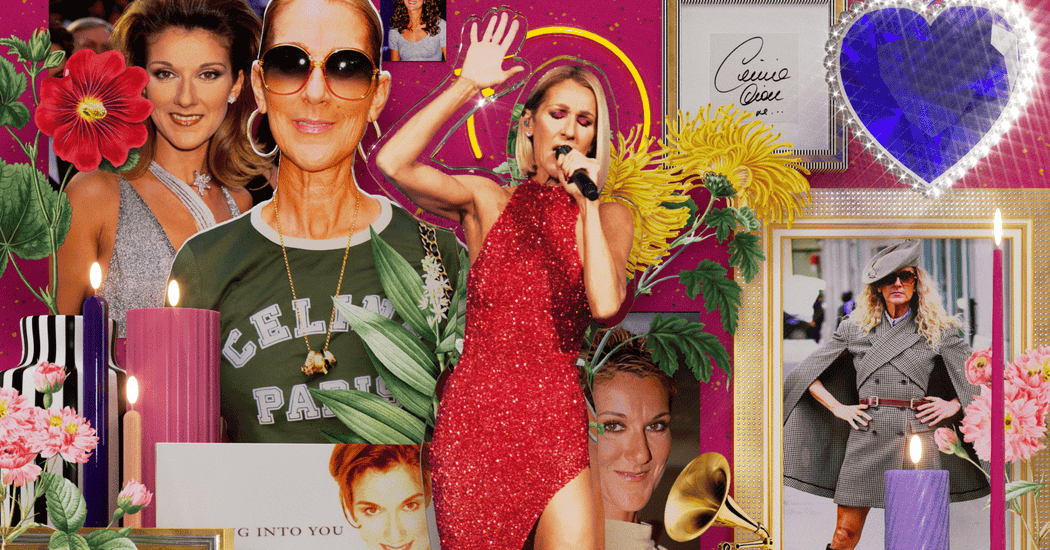
Celine Dion Will Save Us From Our Diva Deficit
Nearly two years ago, I huddled with some co-workers over a phone watching a video Celine Dion had shared on Instagram. She announced she was canceling her European tour because she had been diagnosed with stiff person syndrome, a rare neurological disorder that had made it difficult for her to move and sing.
“Hello, everyone,” she began. “I’m sorry it has taken me so long to reach out to you.” Her voice broke. “I miss you all so much.” This was Ms. Dion as we’d never seen her — fragile, tentative, worried — and all of us watching got a little emotional. It was startling to see a diva appear so mortal.
This week, Ms. Dion will premiere “I Am: Celine Dion,” a documentary about her life since that diagnosis. Watching a clip of her onstage introducing the film at a screening in New York to a standing ovation, I found the lump in my throat returned.
The diva is back, just when we need her the most.
Ms. Dion, 56, released her first album in 1981 at age 13, and she’s come to stand as one of the last pillars of a dwindling category: the pop divas. A diva’s commanding presence can be measured in gigawatts and the term instantly conjures a pantheon: Aretha, Barbra, Tina, Whitney, Patti, Chaka, Gladys, Mariah, Shania, Madonna, Dolly and Cher, to cite the luminaries who only require a single name. In the opera world, being labeled a diva can come with sexist overtones, a shorthand for a famous woman who makes unreasonable demands. But in her memoir, Mariah Carey described Aretha Franklin as “my high bar and North Star,” and this to me is the best distillation of what a pop diva represents: imperious, exacting, a kind of cultural lighthouse, someone toward whom the rest of us, fans and aspiring divas alike, can orient ourselves.
We’ve been mired in a diva deficit. The pop diva has come to feel like a cultural relic, an unattainable mode of stardom that carries more baggage than currency. It’s difficult for pop stars today to achieve the kind of consensus required to deserve the title. An artist like Taylor Swift is certainly omnipresent, but Ms. Swift’s public image hinges on offering an unyielding relatability that’s antithetical to the aura of a diva. Other contemporary stars, such as Billie Eilish, seem uninterested in the boastful triumphalism that comes with divahood.
Culturally, we need to hold in common certain things in order to even feel like a “we” at all — and the power of pop divas is that they can unify us in the celebration of a monumental star. Pop divas survived the schlock of the 1980s and the irony of the ’90s, and by the turn of the century we even had a diva glut. In 1998, VH1 launched a “VH1 Divas” series of benefit concerts to celebrate this vaulted class. (Ask me how many times I’ve watched this performance.)